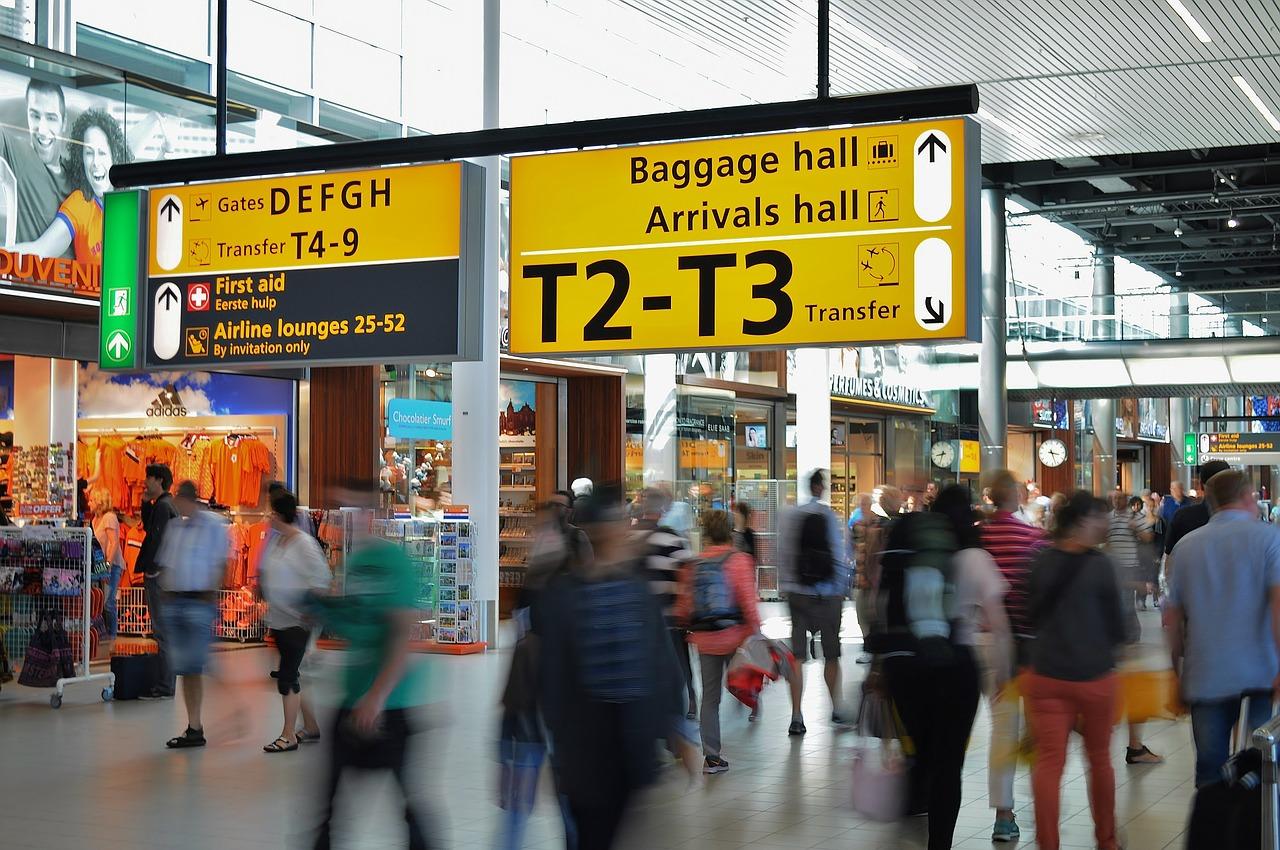Global air traffic remains healthy but Brexit and trade tariffs weigh heavy

IATA has reported “healthy” passenger traffic results for November 2018, but warned that growth is dampening amid a slowing global economy.
Total revenue passenger kilometres (RPKs) rose 6.2 percent compared to November 2017, a slight deceleration from 6.3 percent growth in October 2018.
Available seat kilometres (ASKs) increased by 6.8 percent over the year-ago period, and load factor dipped 0.4 percentage point to 80.0 percent. It was only the third time in two years that load factor fell on a year-to-year basis.
“Traffic is solid. But there are clear signs that growth is moderating in line with the slowing global economy,” said Alexandre de Juniac, IATA’s director general and chief executive.
“We still expect 6 percent demand growth this year. But trade tensions, protective tariffs and Brexit are all uncertainties that overhang the industry.”
International passenger markets
November international passenger demand rose 6.6 percent compared to the year earlier period, up from 6.2 percent in October. All regions showed growth, led by carriers in Europe. Total capacity climbed 6.7 percent, and load factor dipped 0.1 percentage point to 78.4 percent.
European carriers saw demand increase by 9.0 percent in November 2018, which was a nine-month high. IATA said given the mixed signs on the economic backdrop in the region it is unclear whether this pace of growth can be sustained. Capacity climbed 9.1 percent and load factor slipped 0.1 percentage point to 82.1 percent, the highest load factor among the regions.
Asia-Pacific airlines’ November traffic climbed 6.0 percent compared to the year-ago period, up from 5.7 percent growth in October. Capacity also rose 6.0 percent and load factor was flat at 79.1 percent.
Middle East carriers had a 2.8 percent demand increase, which was the lowest among the regions for a third consecutive month. Capacity rose 5.6 percent and load factor slipped 1.9 percentage points to 69.0 percent.
North American airlines’ traffic climbed 6.1 percent in November, up from 5.7 percent in October and well ahead of the five-year average rate of 4.0 percent. Capacity rose 3.8 percent and load factor edged up 1.7 percentage points to 80.6 percent.
Latin American airlines’ November traffic climbed 5.8 percent compared to November 2017, which was an increase from 5.2 percent growth recorded in October. Despite the increase, growth has slowed on a seasonally-adjusted basis. Capacity rose 6.6 percent and load factor slipped 0.6 percentage point to 80.6 percent.
African airlines experienced a 5.7 percent rise in demand compared to November 2017, down from 6.4 percent in October but higher than the five-year average of 5.8 percent. Growth is occurring despite challenges in the continent’s largest economies, Nigeria and South Africa. Capacity rose 3.9 percent and load factor climbed 1.2 percentage points to 68.9 percent.
Domestic passenger markets
Domestic travel demand rose 5.6 percent in November 2018, compared to the same month in 2017, its slowest pace in 11 months and down from 6.5 percent in October. Domestic capacity climbed 6.9 percent, and load factor dropped 1.0 percentage point to 82.8 percent.
